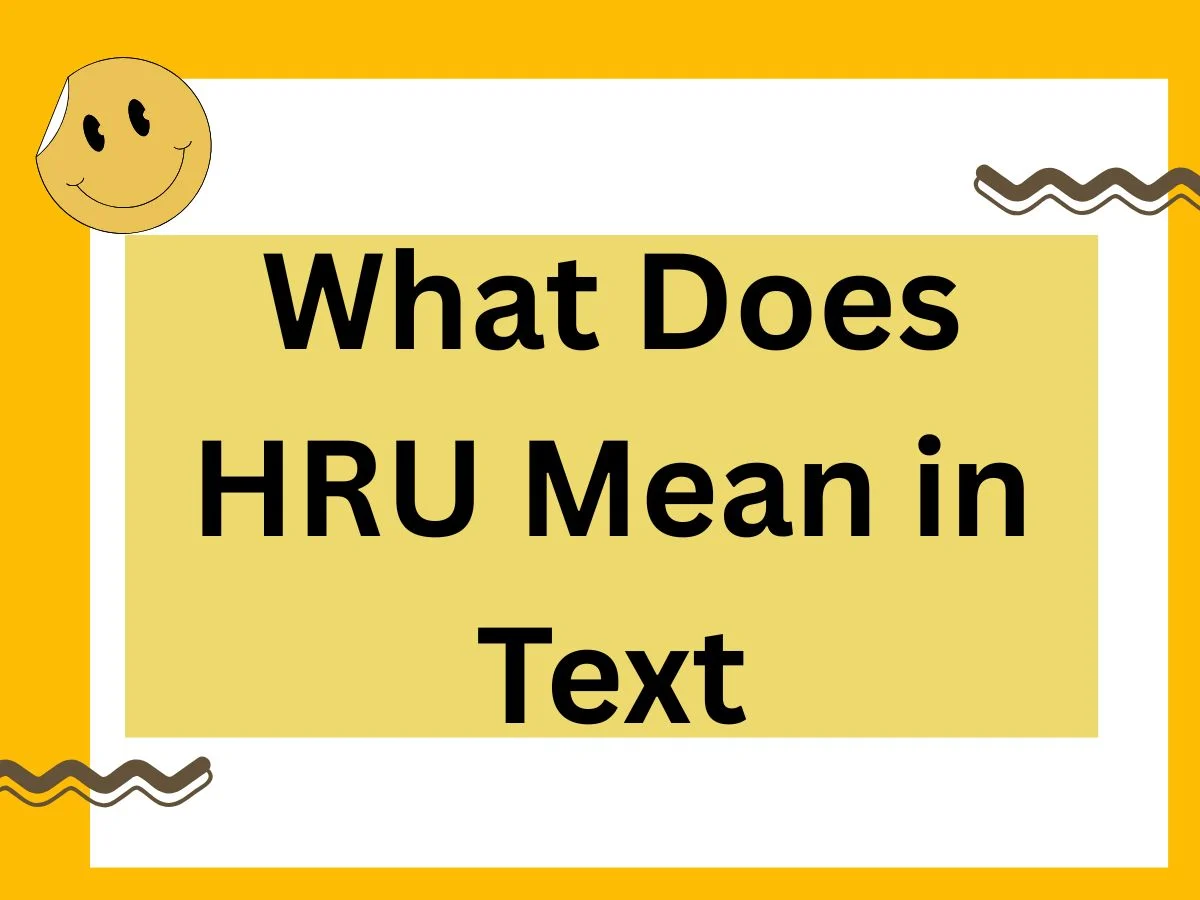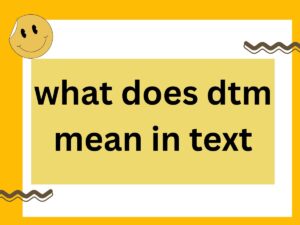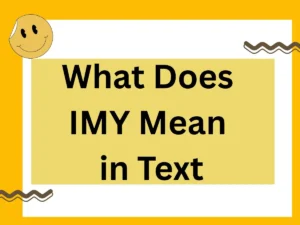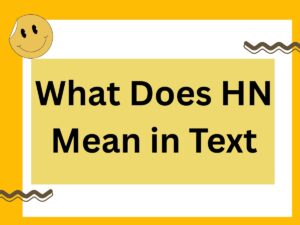In the fast-moving world of digital communication, abbreviations evolve, meanings shift, and even the simplest expressions can carry layers of nuance. One such abbreviation—HRU—has been around for over a decade, yet it’s still actively used in 2025 across texts, DMs, gaming chats, and casual online conversations.
🔥 Rizz Line Generator 🔥
If you’ve ever received “HRU” from a friend, colleague, or even a stranger online and wondered exactly what it means, how to respond, and when to use alternatives, this article will walk you through every detail.
Meaning of HRU in Text
HRU stands for “How are you?” It’s a short, casual way to check in on someone’s well-being or start a conversation.
It’s most common in:
- Text messages
- Instant messaging apps (WhatsApp, Messenger, Signal, Telegram)
- Social media DMs (Instagram, TikTok, X/Twitter)
- Online gaming chats
- Casual email sign-offs (rare, but possible in very informal work settings)
Core Function
- Purpose: Initiates conversation, expresses interest in someone’s state, or simply acts as a friendly opener.
- Tone: Usually casual and friendly, but context determines whether it feels warm, rushed, flirty, or perfunctory.
How HRU Evolved
While HRU is still widely understood, its perceived tone has shifted in 2025:
- 2000s – Early 2010s: Seen as a trendy, text-speak way to save keystrokes.
- 2015–2020: Still common, but often replaced by emojis, GIFs, or more unique openers.
- 2021–2024: Usage dipped among younger Gen Z, who prefer more personalized greetings, but resurged in gaming and online communities.
- 2025: Now often used ironically or as shorthand in fast-paced chats, while AI-powered keyboards and voice-to-text have made typing full sentences easier—yet HRU remains for its casual charm.
When HRU Works Best
HRU is not universal—its tone depends heavily on:
- Relationship: With friends, it’s casual; with strangers, it can feel impersonal.
- Platform: In a gaming chat, it’s normal; in a formal email, it’s out of place.
- Timing: As a conversation starter, it’s fine; as a response to bad news, it’s tone-deaf.
How to Respond to HRU
A response should match the sender’s tone.
Example Scenarios:
- Casual chat:
Friend: “HRU?”
You: “Good! Just got back from the gym. You?” - Playful/flirty tone:
Them: “HRU 😉”
You: “Better now that you messaged me.” - Professional but relaxed:
Colleague: “Morning! HRU?”
You: “Doing well, thanks. How’s your day starting?”
Alternatives to HRU in 2025
While HRU is simple, there are dozens of more creative, polite, or professional ways to say “How are you?” depending on tone and context.
Here are 10 superior alternatives—with explanations and examples:
1. How have you been?
- Tone: Warm, shows genuine interest.
- Best for: Friends you haven’t spoken to in a while.
- Example: “Hey, long time no chat! How have you been?”
2. How’s everything going?
- Tone: Friendly, broad.
- Best for: Both casual and semi-professional settings.
- Example: “Hey Alex, how’s everything going on your end?”
3. Hope you’re doing well
- Tone: Courteous, slightly formal.
- Best for: Business or polite acquaintances.
- Example: “Hope you’re doing well! Just wanted to follow up on our last meeting.”
4. How’s life treating you?
- Tone: Warm, personal.
- Best for: Friends or colleagues you know well.
- Example: “Hey Maya, how’s life treating you these days?”
5. What’s new with you?
- Tone: Engaged, curious.
- Best for: Friends, family, and networking events.
- Example: “Hey! What’s new with you lately?”
6. How’s your week going?
- Tone: Time-specific, caring.
- Best for: Workplace check-ins or catching up mid-week.
- Example: “How’s your week going so far?”
7. Hope you’re having a great day
- Tone: Positive, uplifting.
- Best for: Customer service, networking, or polite outreach.
- Example: “Hi Jordan, hope you’re having a great day!”
8. How’s it going?
- Tone: Very casual.
- Best for: Friends, casual acquaintances.
- Example: “Hey man, how’s it going?”
9. How’s your day been?
- Tone: Conversational, inviting.
- Best for: Starting or continuing a chat later in the day.
- Example: “How’s your day been so far?”
10. Everything good with you?
- Tone: Slightly informal, friendly.
- Best for: Quick check-ins.
- Example: “Hey, everything good with you?”
Nuances in Tone
Choosing the right alternative matters:
- For friends: Keep it light or playful.
- For work: Use polished phrasing.
- For someone you care about: Make it personal and open-ended.
Pro Tip for 2025: With AI chatbots and voice assistants now handling more messaging, personalizing your check-in makes you stand out as human—avoiding “cold” or automated vibes.
Cultural Variations
Even in 2025, HRU isn’t universal:
- US & UK: Common in casual texting.
- Australia: Often replaced with “How ya going?”
- India & Pakistan: Still widely used in casual social media chats.
- Japan: Not common—greetings often more formal and context-dependent.
The Future of HRU
Based on 2025 digital communication patterns:
- Emerging Trend: HRU often paired with emojis, GIFs, or short video snippets for added warmth.
- Declining Trend: HRU as a stand-alone opener in professional emails.
- Likely Shift: More voice notes replacing text-based check-ins, but HRU surviving in fast-paced typed chats.
Final Thoughts
HRU remains a quick, friendly way to say “How are you?”—but in 2025, the best communicators know when to use it and when to switch to something warmer, more personal, or more professional.
The goal is to make the other person feel genuinely cared for, not just greeted out of habit.





